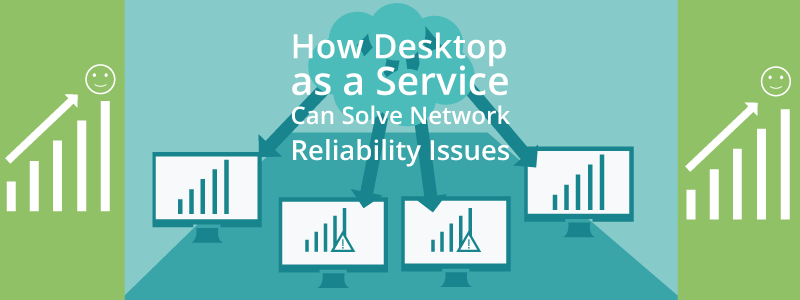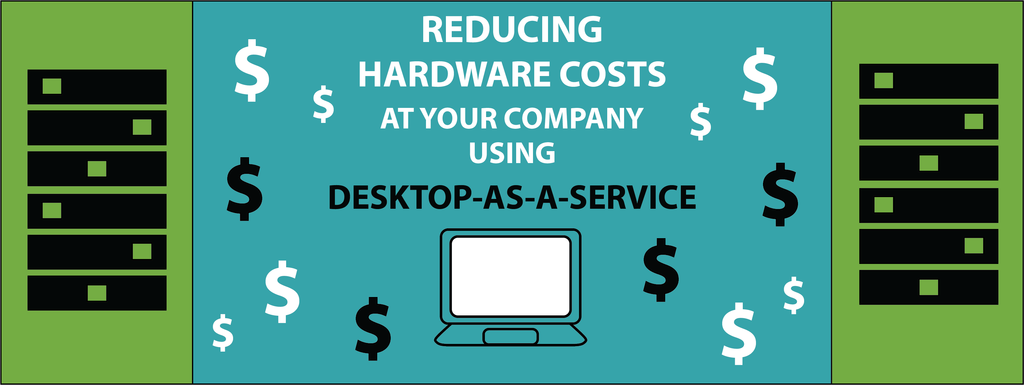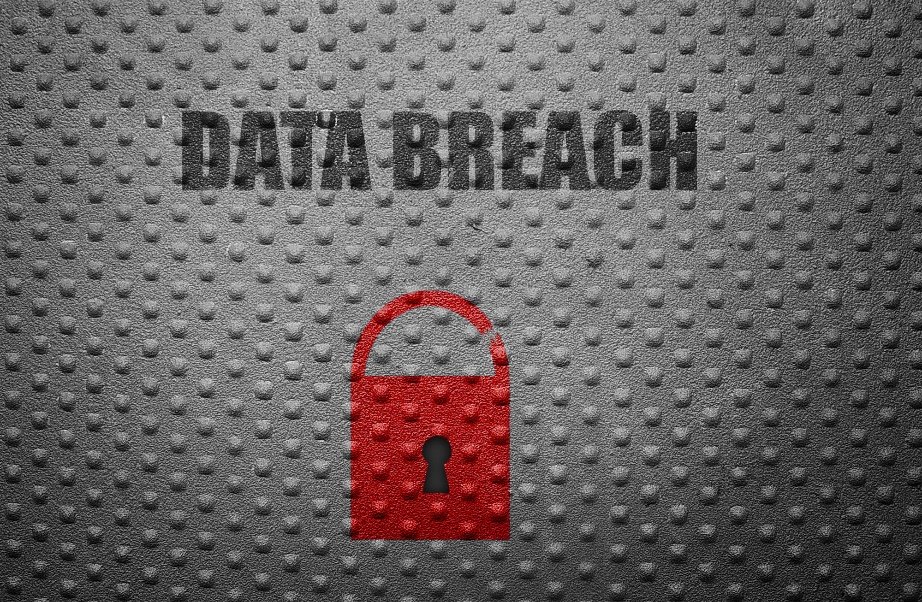Desktop as a Service (DaaS) takes the concept of Software as a Service (SaaS) and applies it to remote desktops and cloud computing. By taking away much of the responsibility for data, software, and servers from businesses, companies are left with fewer costs associated with their information infrastructure, hardware upgrades, and data applications.
DaaS leaves the vendor providing the services responsible for much of the IT functions that companies used to have to maintain on their own. The cost for a dedicated server, IT staff to maintain the server, and vendor-exclusive software made it difficult for companies to keep up with the rising cost of doing business in the digital age. With DaaS, companies can pay one company to handle all of these processes at a fraction of the original cost.
A DaaS vendor can handle server backup, redundancy, security, and software updates, all of which are typically rolled into the cost of service. With no need for on-site servers, companies are no longer required to pay for upgrades and repairs, and there is no concern for how to handle a server outage. The host companies take care of server maintenance, which can cost a considerable chunk of money for companies to handle on their own.
Desktop as a Service is growing in popularity with businesses both large and small, precisely for the convenience and cost savings. Without having to invest in new infrastructure, hardware, and software every few months, businesses can focus on their customers and not their servers.







